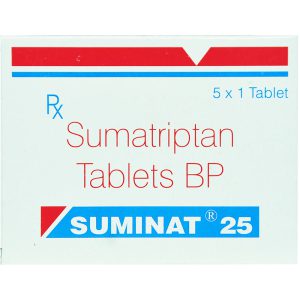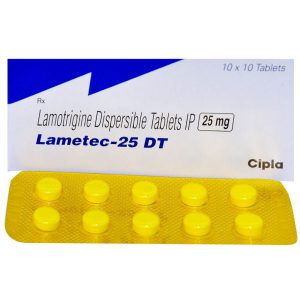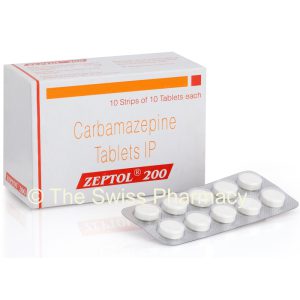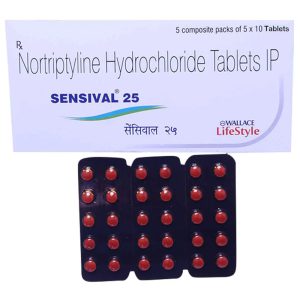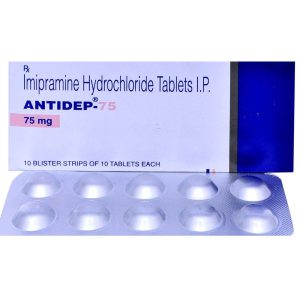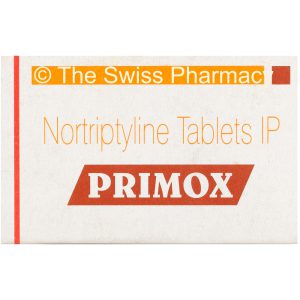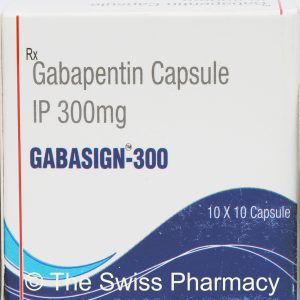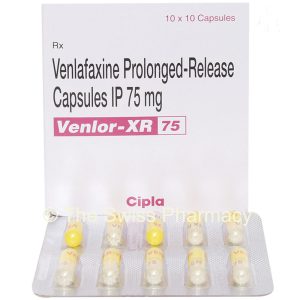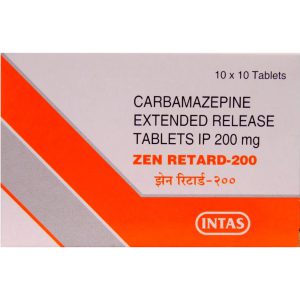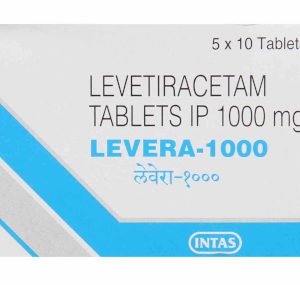Causes And Types Of Epilepsy Seizures – Diagnosis And Treatment Of Epilepsy
“Writhing away helplessly in jerks of stuprous agony, she bashed her limbs, bit her tongue and expectorated a white froth from the angle of her mouth”. This describes not too uncommon a scene. That dear friends is a fit; medically labeled as a seizure.
EPILEPSY
Epilepsy is the term given to the erratic, abnormal and intermittent electric discharge from certain areas of the brain manifesting as seizures or fits. It is one form of seizures or convulsions and perhaps the most important one.
The Epileptic Fit
The typical epileptic fit has the patient violently jerking her body uncontrollably, frothing at the mouth, tongue–biting, involuntary urination, loss of consciousness and a post episodic state of aggressive delirium.
Causes Of Epilepsy Seizures
Epilepsy – Generalized and Partial
Physical
Trauma, Space occupying lesions, Hypertension, Stroke, Vascular defects
Metabolic
Alcohol withdrawal, Narcotic withdrawal, Hypo/Hyper glycaemia, Hypo/Hyper natraemia, Drugs (VALIUM, PAMELOR, TOFRANIL,THORAZINE)
Infectious
Encephalitis, HIV, Syphillis, Febrile convulsions.
Types Of Epilepsy Seizures
Generalized Epilepsy Seizures
The sub types include ‘Classic Generalized Tonic- Clonic Seizures’ or ‘Grand Mal’ – This kind of seizure is the commonest and is described with loss of consciousness, stiff limbs (tonic), jerks (clonic) and post episodal (post ictal) drowsiness.
‘Absence Seizures’ or ‘Petit Mal’
This variant is characterized by brief lapses of conscious activity. For e.g. suddenly stops talking mid sentence and then carries on where left of; especially noted in children. Myoclonic Jerks, Atonic and Akinetic are other variants belonging to this group.
Partial Seizures
These seizures usually do not have a loss of consciousness component albeit consciousness may be impaired. Features are referable to one or part of a cerebral hemisphere. Aura and automatism are complex symptoms associated with Partial Seizures.
Diagnosis Of Epilepsy
Always rule out other causes of convulsions (Listed Above). History is the cornerstone to start pointing in the right direction. However in such patients it is often only obtained from friends, family and by standers who have witnessed the fit.
Investigations that would help include
BLOOD/ URINE TESTS
complete blood count, sugars, calcium, phosphate, urea, creatinine, electrolytes, Liver Function Tests and blood-urine toxic screens. These would mainly rule out a non – epileptic cause for the convulsion.
IMAGING- CT, MRI
scans salient vascular aberrations, stroke patterns, tumors and space occupying lesions.
EEG
Electro Encephalogram.This classic test produces a graphic record of the brain’s electric wave forms, enabling diagnosis and classification of Epilepsy.
Treatment Of Epilepsy
One doctor or a given team of doctors must review the patient for any changes and modifications to treatment. Usually one drug is started and doses may be increased before add on therapy. Dose increments should be gradual and depend upon frequency of fits/ seizure control achieved, side effects and interactions of the drug being used.
Generalized Seizures
Sodium Valproate(DEPAKOTE/DEPAKON/DIAVALPROATE) is the first line agent with Carbamazepine (TEGRETOL/CARBATROL/EQUITRO) as add on.
Absence Seizures
– Ethosuximide (ZARONTIN) is the drug of choice.
Partial Seizures
– Carbamazepine (TEGRETOL) is first line, then other agents may be added.
Commonly Used Drugs In Epilepsy Treatment
Carbamazepine which is manufactured under the brand name Tegretol is a commonly used Drug In Epilepsy Treatment.
How Does Tegretol Work
Tegretol (Carbamazepine) is a major first-line anti- Epileptic for partial seizures and generalized tonic-clonic seizures. TEGRETOL, initially was used primarily for the treatment of trigeminal neuralgia. The main mode of action of TEGRETOL is to block sodium channels during rapid firing.
Clinical Use Of Tegretol
TEGRETOL is highly effective for partial onset seizures, including cryptogenic and symptomatic partial seizures. It has good efficacy in the treatment of generalized tonic-clonic seizures. The major disadvantages of this drug are transient adverse dose-related effects when initiating therapy and occasional toxicity.
The extended-release preparations, TEGRETOL XR and CARBATROL, are better tolerated than the immediate-release preparations. For more details of Tegretol please refer to the presentation below.
Tegretol – Side Effects And Toxicity
Tegretol can produce dose-related side effects , which include dizziness, diplopia, nausea, ataxia, and blurred vision. Rare idiosyncratic adverse effects include aplastic anemia, agranulocytosis, thrombocytopenia, and Stevens-Johnson syndrome.
Asymptomatic elevation of liver enzymes is observed commonly during the course of therapy in 5-10% of patients. Rarely, severe hepatotoxic effects can occur.
Tegretol – Interactions
Several drugs, erythromycin(EES/ERY TAB) , isoniazid, chloramphenicol, calcium channel blockers, cimetidine, and propoxyphene, inhibit the hepatic enzyme cytochrome P-450 and raise blood levels of TEGRETOL. Phenobarbital (LUMINAL/GARDENAL) and phenytoin(DILANTIN) on the other hand lower its levels. TEGRETOL induces the metabolism of tricyclic antidepressants (PAMELOR/TOFRANIL), oral contraceptives (OVRAL), cyclosporin A, and warfarin.
Phenytoin (DILANTIN)
It blocks movements of ions through the sodium channels during propagation of the action potential.
Antiepileptic Effect And Clinical Use
DILANTIN is one of the most commonly used first-line or adjunctive treatments for partial and generalized seizures, Lennox-Gastaut syndrome, status epilepticus, and childhood epileptic syndromes. It is not indicated for myoclonus and absence seizures. This drug is highly effective and economical for the patient; however, tolerability of the drug is still in dispute.
Adverse Effects And Toxicity
The adverse-effect profile includes gingival hyperplasia and coarsening of the facial features in women causing ataxia and nystagmus. Drowsiness, lethargy, Nausea and vomiting, rash, blood dyscrasias, headaches, vitamin K and folate deficiencies, loss of libido, hormonal dysfunction, and bone marrow hypoplasia are among the most common adverse effects. When given during pregnancy, DILANTIN like other anti epileptics can cause cleft palate and cleft lip.
Valproate (DEPAKOTE/DEPAKON/DIAVALPROEX)
Valproate is the drug of choice for primary generalized epilepsies, and is also approved for the treatment of partial seizures. DEPAKOTE enhances GABA function, but this effect is observed only at high concentrations. It also produces selective modulation of voltage-gated sodium currents during sustained, rapid, repetitive neuronal firing.
Antiepileptic Effect And Clinical Use
DEPAKOTE is potent and effective against a wide range of seizure types. It is the drug of choice in idiopathic generalized epilepsy. Open and comparative studies have shown excellent control rates in patients with newly diagnosed typical absence seizure.
It is the drug of choice for juvenile myoclonic epilepsy and can be used in other types of myoclonus. Also, it is a first-line drug in photosensitive epilepsy and Lennox-Gastaut syndrome. It is a second choice in the treatment of infantile spasms.
In focal epilepsy, DEPAKOTE has been shown to be as effective as other first-line agents. DEPAKOTE is one of the most commonly used anti epileptic drugs around the world. The usual starting dose is 250 mg/d with a maintenance dose of 500-1500 mg/d.
In Utero Exposure
Meador et al found that in utero exposure to valproate as compared with other antiepileptic agents is associated with a lower IQ in children. The investigators concluded that DEPAKOTE should not be used as a first-line agent in women of childbearing potential.
Adverse Effects And Toxicity
Tremor, sedation, confusion or irritability, weight gain and hyperammonemia are known. Hair loss or curling of hair may occur. DEPAKOTE has adverse endocrine effects, including insulin resistance and change in sex hormone levels causing anovulatory cycles, amenorrhea, and polycystic ovary syndrome. Bone marrow suppression with neutropenia and allergic rashes are rare. Acute pancreatitis is rare. The most serious idiosyncratic adverse effect is hepatotoxicity.
Newer Agents For Treatment Of Epilepsy
The anti epileptic drug array dazzles and daunts even the most skilled neurophysicians. The group wise distribution is given. These agents are usually offered as add on therapy.
Sodium channel Blockers – Lamotrigine (LAMICTAL), Zonisamide.
GABA Receptor Agonists – Clobazam, Clonazepam. Primidone (MYSOLINE)
GABA Reuptake Inhibitors – Tiagabine(GABITRIL)
GABA Transaminase Inhibitors-Vigabatrin(SABRIL)
GABA Potentiators– Pregabalin, Gabapentin (GABARONE)
Epilepsy Treatment – CONCLUSION
The Duration of therapy and the number of drugs used depend upon the severity of Epilepsy. Maintainence treatment with one drug can be achieved over a couple of years of combined therapy. The side effect profiles and teratogenic potentials of anti epileptic agents make treatment worse than the fit at times.
This bare fact notwithstanding, compliance with medication does justice to the adage ‘know pain, know gain’.
